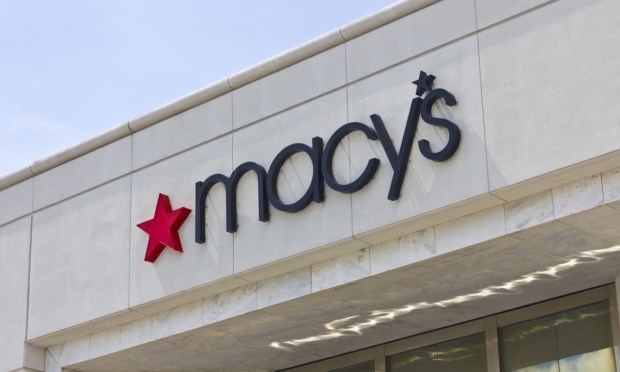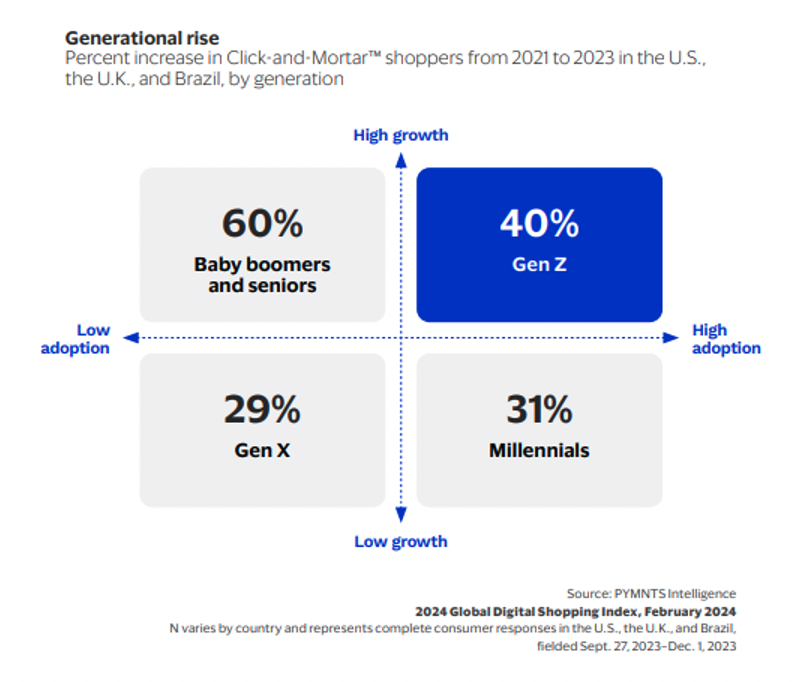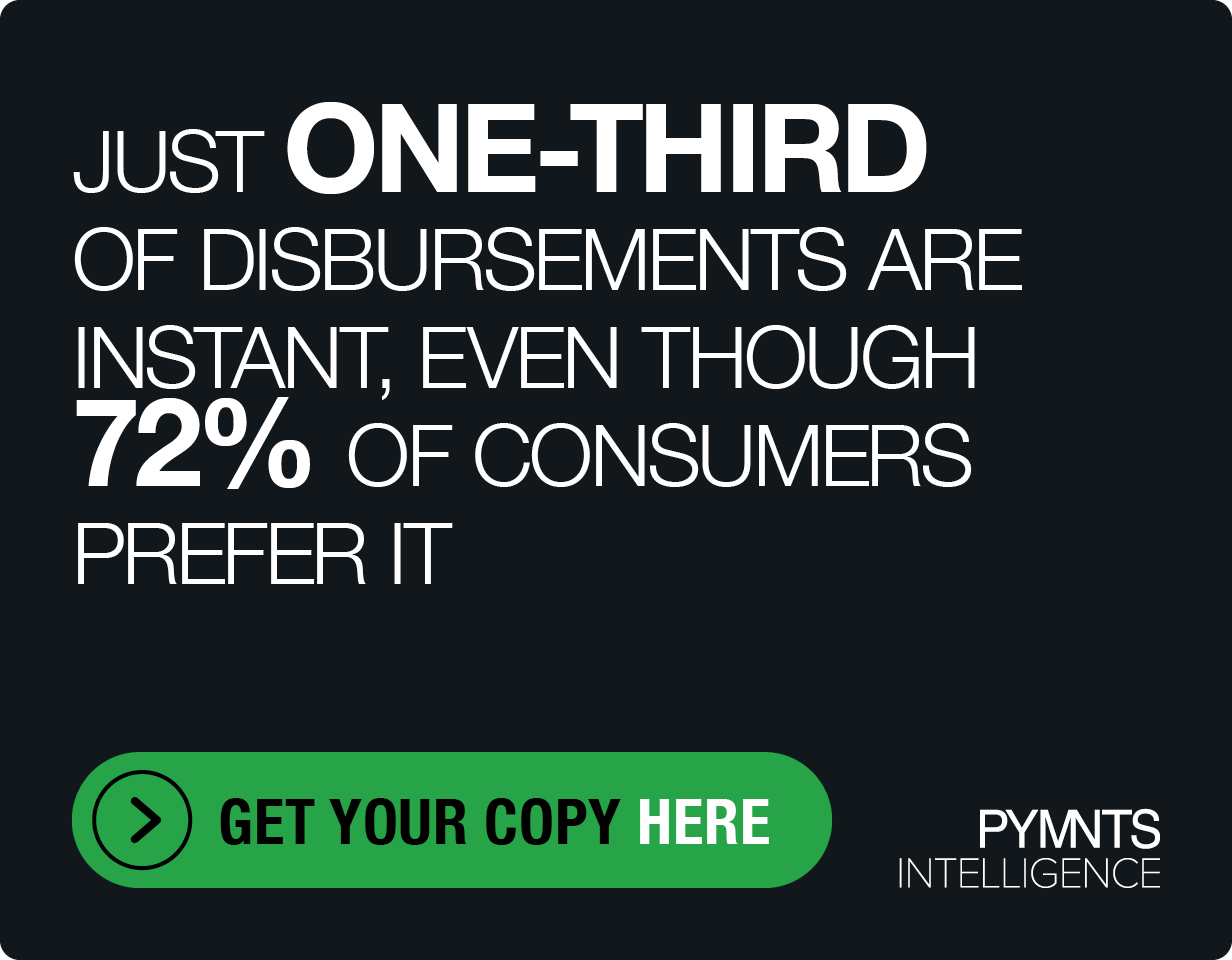Macy’s and Zara’s Moves Show Value of Click-and-Mortar™ Shoppers

Two reports from opposite sides of the globe confirmed that in-store and online shopping are intertwined at their best, and retailers need to offer seamless shopping experiences to deliver the most value to modern consumers.
First came the news that U.S. retail giant Macy’s will shutter 150 “underproductive” stores over the next two years. The retailer said the closures will allow the company to focus on “modernizing the shopping environment to facilitate a convenient, easy and frictionless customer experience across channels…”
At the same time, Spanish multinational company Inditex said it plans to re-open several of its Zara retail stores in Ukraine beginning next month after suspending operations there in 2022 following the Russian invasion. Although 34 stores will remain closed in areas directly impacted by the war, Inditex said it will “gradually” open 20 stores in hopes of having 50 operational in Ukraine eventually.
The reasons behind the two announcements couldn’t be more different, but the fact that both retailers see value in keeping their physical storefronts alive and even “modernizing” them while continuing to offer online shopping, suggests they may be gearing up to win over an increasingly important shopping segment: that of Click-and-Mortar™ shoppers.
Click-and-Mortar™ shoppers see the virtues of both online and in-store shopping and use digital features that bridge the two spheres to have the most satisfying shopping experiences.
This hybrid shopper seeks to use the convenience of online shopping with the immediacy that in-store shopping offers. According to PYMNTS Intelligence’s “2024 Global Digital Shopping Index,” which was commissioned by Visa Acceptance Solutions, nearly 4 in 10 consumers now fit the Click-and-Mortar™ shopper profile, making it the fastest-growing consumer segment worldwide.
The index is a comprehensive report compiled using both historical data and survey findings reflecting the opinions of nearly 14,000 consumers and 3,512 merchants from seven countries around the globe.
Click-and-Mortar™ shoppers take center stage in the report, and these consumers reject old-fashioned absolutes like “shopping online” or “shopping in a store.” They want a cross-channel shopping experience that is convenient and consistent — and they want tools that fight friction and make shopping easy and satisfying.
As Click-and-Mortar™ shopping has begun to sweep the globe, younger consumers are leading the charge. The percentage of Generation Z shoppers who follow the Click-and-Mortar™ game plan is double that of baby boomers and seniors. And because online shopping is second nature to most millennials and Gen Z consumers, these two segments appear to be the most adept at mastering this mixed shopping strategy.
However, Click-and-Mortar™ shopping has universal appeal. Although it could be assumed that older generations prefer “classic,” in-person shopping, the number of baby boomers and seniors who are classified as Click-and-Mortar™ shoppers has increased by 60% since 2021. Twenty-five percent of these consumers prefer the Click-and-Mortar™ methodology, and with such high growth, they are catching up to other generations.
 If retailers want to win over this growing consumer segment — 39% of all shoppers worldwide now fit the bill — they need to deliver on Click-and-Mortar™ expectations. For some common use cases, they must provide an accurate online inventory reflecting what is available in-store as well as detailed product information that skips the need for perusing a store’s whole stock.
If retailers want to win over this growing consumer segment — 39% of all shoppers worldwide now fit the bill — they need to deliver on Click-and-Mortar™ expectations. For some common use cases, they must provide an accurate online inventory reflecting what is available in-store as well as detailed product information that skips the need for perusing a store’s whole stock.
Additionally, once consumers walk inside to pick up their merchandise, pickup processes should be clear and convenient, and retailers should deliver an optimized experience complete with in-store digital aids and immediate access to the products.
Another call to action for merchants is to make payments choice a priority. The report found that those merchants that fail to offer payments choice and mobile site compatibility run the risk of losing nearly 75% of their customers. That risk will only increase as the number of Click-and-Mortar™ shoppers grows, the report found.
For all PYMNTS retail coverage, subscribe to the daily Retail Newsletter.

